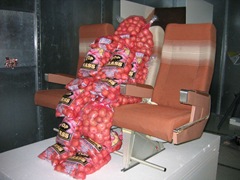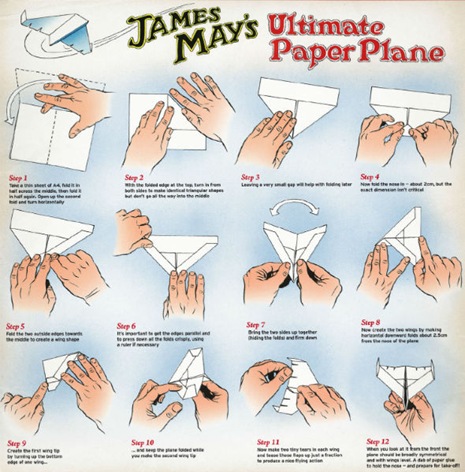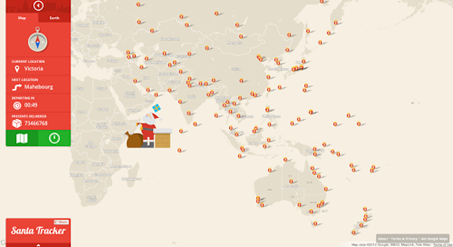An accident investigation hearing is conducted by non-flying experts who need six months to itemize all the mistakes made by a crew in the six minutes it had to do anything…
Understanding what actually kills general aviation pilots
Paul Bertorelli has written a lengthy post for AVwebinsider with a must see graphic illustrating general aviation fatal accidents in 2010. In the graphic, the numbers to the right of the circles represent the accident rate per 100,000 flight hours that each category represents with the circles representing the relative size of the risk.
Paul does note that the categories are his own and he intentionally painted them with a broad brush in order for the risks to stand in sharper relief. He also pointed out that you will be exposed to stalls, loss of control and running out of fuel while icing and convective events are more rare as many pilots don’t fly in conditions where they can happen.
However and from looking at the graphic, Paul drew the conclusion that general aviation pilots tend to have an inverted understanding of risk and what’s most likely going to kill them. For example: He commented that general aviation pilots will spend considerable amounts of money on traffic systems to mitigate a midair collision – one of the smallest risks a pilot faces.
On the other hand, stalls along with engine failure or fuel exhaustion are more common causes of accidents. Paul then commented that he would like to see a basic understanding of stalls de-linked from airspeed and instead more strongly associated with the angle of attack. He also added that if general aviation pilots had a real sense of what the risk of a stall actually is, they might be more inclined to spend money on an angle-of-attack indicator first or have recurrent stall awareness training before spending money on a midair indicator.
At the end of the article, Paul concluded that general aviation pilots need to worry less about midairs, thunderstorms and icing and worry more about simply controlling the aircraft. After all:
If you combine the stall accidents with what appear to be basic loss of control accidents—in IMC or not—you account for nearly half of all fatal accidents. That’s a big number and plenty to chew on to worry about things that might kill you and less about things that won’t.
In other words and before you go out and make a big purchase for your aircraft, take a look at Paul’s graphic and article – which has already attracted a large number of comments.
How to make the ultimate paper airplane (the Top Gear way)
Top Gear’s James May was recently asked by Radio Times to demonstrate how he had made paper airplanes when he was a kid – something he used to spend hours a day doing (with some help from his father). According to James, the paper airplane he has developed is:
…sort of cross between a Vulcan bomber and a Fairey Delta, and if you do it properly, it’s a good flyer.
In addition, James told Radio Times that he had:
…spent hours making gliders with different wing shapes and that’s how I learnt the basics of aerodynamics. If you do things like that, it’s quite easy to grasp the fundamentals and you can easily start designing little aeroplanes of your own.
Today, James flies his own light aircraft, but he is still experimenting with both paper airplanes and balsa wood aircraft. In fact and for the Christmas 2012 edition of Toy Stories, James supervised a project to build a model balsa-wood glider and fly it the 22 miles across the English Channel to France.
I don’t yet see that episode posted on YouTube, but Radio Times has a short video where James demonstrates his technique for making paper airplanes:
In addition, here is a graphic that shows James’s method for making the ultimate paper plane (a full-size version can be downloaded here):
Headwinds lead to a fuel miscalculation and a road landing
General Aviation News will often reprint US National Transportation Safety Board (NTSB) accident reports, including one dated December 2010 about an accident that involved a Cessna 210 in Abilene (Texas) that caused substantial aircraft damage. According to the accident report, the pilot departed on a 615-nautical mile cross-country flight and he determined that the flight would take around four hours and 15 minutes. So he had around five and a half hours of fuel on-board the aircraft.
Prior to departure, the pilot received a weather briefing; but during the flight, the actual winds (especially the headwinds) were stronger than forecasted. When the pilot was 50 miles from the destination airport, he picked up IFR clearance and began to descend through a solid cloud layer. After breaking through the clouds, he realized he could not land at his destination airport.
His engine then loss power and he switched fuel tanks to get it restarted. The controller asked if he had enough fuel to reach an alternative airport 44 miles away. The pilot said his right fuel take showed it was one-third full, but he lost power again about three miles away from the airport – forcing him to make a landing on a road where the aircraft hit a signpost.
Improper fuel management on the part of the pilot was ruled as the cause of the accident – which goes to show that you cannot assume the weather will be what the forecast says it will be when you are doing your fuel calculations before a flight.
Using potatoes to test an aircraft’s wi-fi
A number of news agencies including the BBC and the AP have picked up on the story about how Boeing tested the wi-fi in its aircraft by substituting sacks of potatoes for passengers. Apparently, Boeing needed to fill up an entire aircraft with passengers because wireless signals will fluctuate randomly in the enclosed space of an aircraft cabin as passengers and crew move about. That means some seats will have a spotty or inconsistent connection plus engineers needed to ensure that the wi-fi did not interfere with any of the aircraft’s navigational systems.
 However, human passengers could not be asked to sit still for days while the company’s engineers collected data. Luckily, potatoes interact with electronic signals in a similar way to humans and Boeing ended up filling the seats of a decommissioned aircraft with 20,000 lbs (9,000kg) of potatoes in sacks.
However, human passengers could not be asked to sit still for days while the company’s engineers collected data. Luckily, potatoes interact with electronic signals in a similar way to humans and Boeing ended up filling the seats of a decommissioned aircraft with 20,000 lbs (9,000kg) of potatoes in sacks.
Boeing came up with the idea to use potatoes after a member of the research team came across a Journal of Food Science article that described research where 15 different vegetables and fruits were evaluated for the way they transmit electric force without conduction. It turns out that potatoes have a water content and chemistry that absorbs and reflects radio wave signals in much the same way as the human body does.
Add some complex statistical analysis and Boeing was able to come up with a proprietary system for fine tuning Internet signals to ensure their strength and reliability wherever a laptop is used aboard an aircraft. Boeing also needed to check what any peak signals would be – especially if 300 passengers decide to surf the Internet all at once.
And if you are wondering what Boeing did with all of those potatoes, a CNN segment about the project noted that they were given to a local food bank to help the needy.
What’s the best Santa tracker, Google Maps or Microsoft’s Bing Maps?
Last week the North American Aerospace Defense Command (NORAD), which has tracked Santa since 1955, announced its new Internet Santa service and they replaced Google Maps with Microsoft’s Bing Maps. NORAD had been using Google Maps since 2007 and offers three different Smartphone apps to track Santa through Bing maps available on the iPhone, Android and Windows Phone 8 smartphones.
According to ABC news, NORAD’s Tracks Santa app has been downloaded nearly 922,000 times through Apple’s iTunes plus nearly 558,000 times for Android users and 2,500 times for Windows Phone 8 users from December 12 to December 18 or so. As for website visitors, 29% of the website visitors are from the UK, 7% are from Canada and 5% are from Japan. In addition, NORAD’s Tracks Santa has a Twitter following of around 95,000, a Facebook page with over a million likes, over 4,000 Google+ subscribers and a YouTube video with over 1 million views as well.
However, Google is still in the business of tracking Santa using its Google Earth and Google Maps products along with a new algorithm for its Santa Tracker. The Google blog reports that you will be able to use Google Maps and Google Earth starting around 2:00 am PST Christmas Eve to keep track of Santa.
Perhaps fortunately, there appears to be no Santa tracking service using Apple Maps and let us hope Santa himself has chosen a more reliable mapping service to avoid getting lost on Christmas Eve!
With that in mind, which Santa tracker do you think is the best to use (or the the more accurate one!), NORAD’s based on Microsoft’s Bing Maps or the Google offering?



